Is your business failing? That’s okay, because you can still turn things around!
Many businesses face challenges and difficulties when they try to expand into new markets or adapt to changing customer preferences. Some of them may even struggle to survive or break even in their core businesses. However, some of these businesses manage to overcome their obstacles and transform themselves into successful global corporations. Here are some examples of such inspiring business transformations.
Companies that were at their lowest bottom, but managed to reach for the highest stars
Netflix: From DVDs to streaming giant
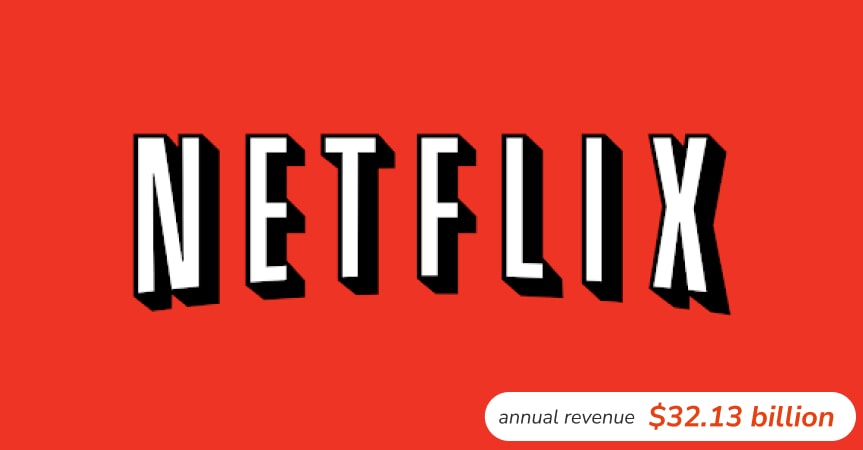
Netflix started as a DVD rental service in 1997, collecting the leftovers from video stores like Blockbuster. However, it soon realized that the future of entertainment was not in physical discs, but in digital streaming. Today, Netflix has more than 200 million subscribers worldwide and is one of the most influential and innovative media companies in the world.
Apple: From bankruptcy to billions

In 1997, Apple had less than 4% of the PC market share and was losing money every quarter. It was saved by a $150 million investment from Microsoft and the return of its co-founder Steve Jobs. Jobs introduced innovative products such as the iMac, the iPod, the iPhone, and the iPad, which revolutionized the personal computer, music, smartphone, and tablet industries. Apple also created a loyal customer base through its sleek design, user-friendly interface, and premium brand image. Today, Apple is one of the most valuable companies in the world, with a market capitalization of over $2 trillion.
IKEA: The Swedish furniture giant
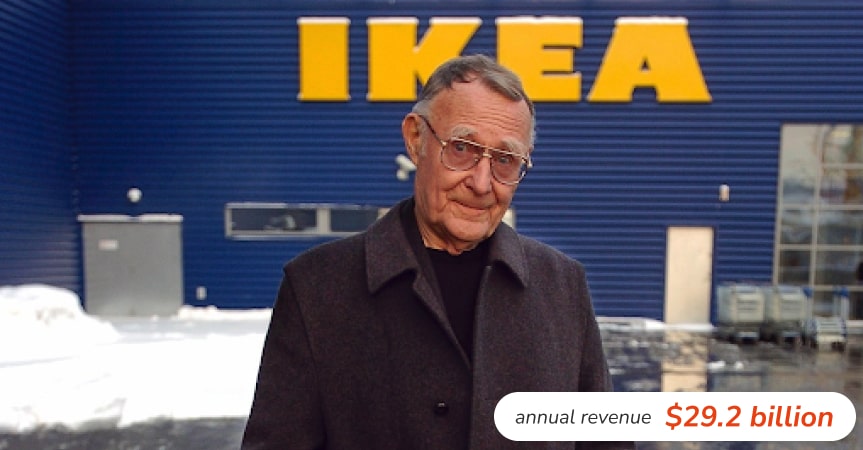
Ikea was founded in 1943 by Ingvar Kamprad, who started selling household items from his farm. However, he faced severe opposition from local competitors who pressured suppliers to boycott IKEA. Kamprad decided to design his own furniture and sell them at low prices. He also introduced the concept of flat-pack furniture, which reduced shipping and storage costs and allowed customers to assemble the products themselves. Today, IKEA has more than 400 stores in over 50 countries and is the world’s largest furniture retailer.
Samsung: The Korean conglomerate
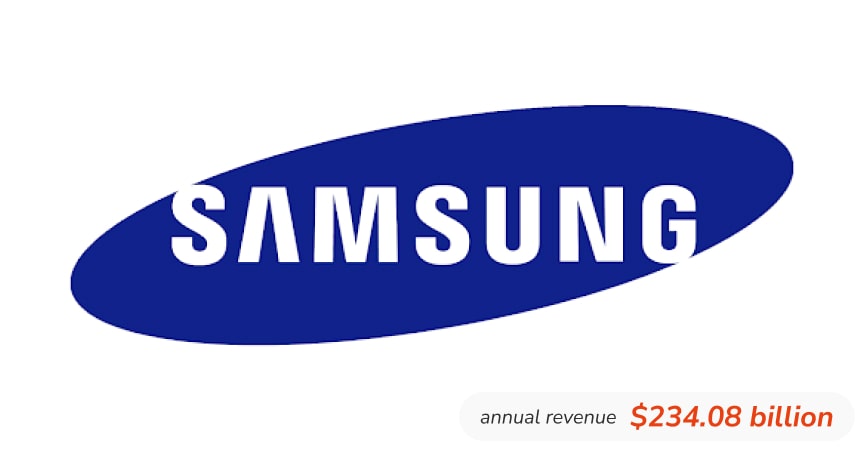
Samsung started as a tiny trading company in 1938, dealing in groceries, noodles, and textiles. However, it faced a major crisis in 1997, when the Asian financial crisis hit South Korea hard and forced Samsung to sell off many of its businesses and lay off thousands of workers. Samsung’s chairman Lee Kun-hee decided to focus on quality and innovation risk-taking and experimentation, launching new products such as the Galaxy smartphone series, the Smart TV, and the Gear smartwatch. Samsung became one of the world’s leading technology companies, competing with Apple, Sony, and LG.
Lego: What many childhoods are built from
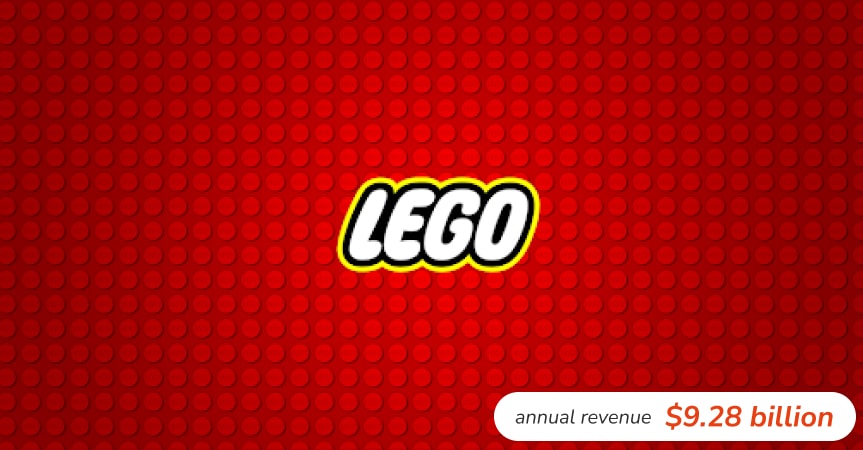
Lego faced a decline in sales in the late 1990s and early 2000s, due to competition from video games, changing consumer preferences, and overexpansion into theme parks, clothing, and media. They nearly went bankrupt in 2004, losing $1 million a day. Lego’s CEO Jørgen Vig Knudstorp decided to restructure the company and focus on its core product: the brick. He also introduced new themes, such as Star Wars, Harry Potter, and Ninjago, and collaborated with partners like Disney, Marvel, and Warner Bros. Lego regained its profitability and popularity, becoming the world’s most valuable toy brand.
Starbucks: From coffee collapse to coffee culture
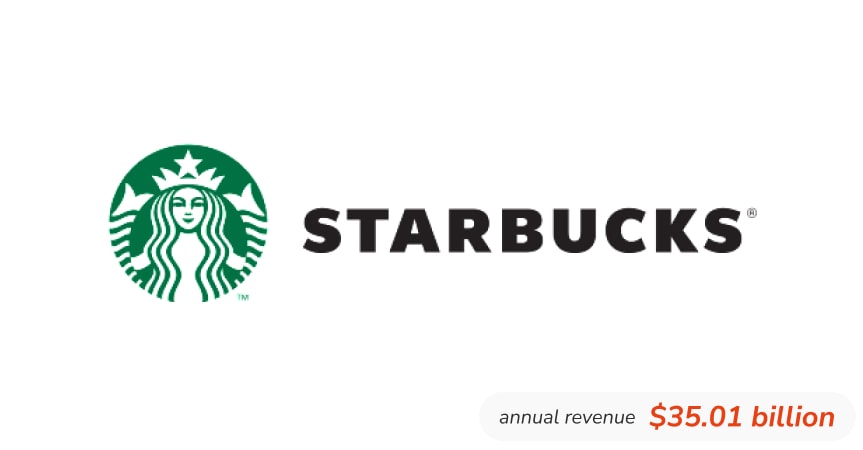
In 2000, Starbucks entered Australia with high expectations, hoping to tap into the country’s growing coffee market. However, it failed to understand the local preferences and culture, which favored independent cafes and espresso drinks over chains and flavored lattes. As a result, Starbucks closed more than 60 stores and lost more than $100 million in Australia by 2008. However, Starbucks learned from its mistakes and adapted its strategy to suit the local tastes and needs. It reduced its store size, menu, and prices, and focused on quality and service. By 2022, Starbucks had grown to more than 50 stores in Australia and became profitable.
Marvel Entertainment: The comic book publisher was facing bankruptcy in 1996
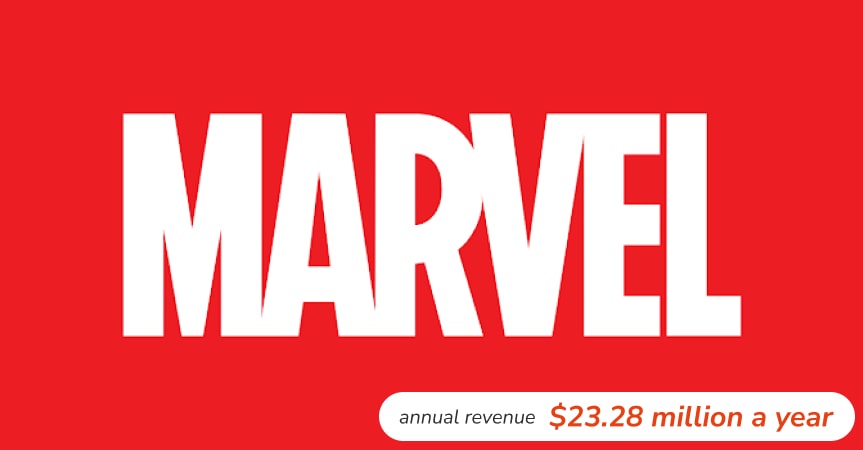
Marvel owed $1.7 billion to its creditors and had to sell off some of its most popular characters to movie studios. They reorganized their business under new management and focused on creating quality content and expanding its licensing deals. It launched its own film studio in 2005, producing blockbuster movies based on its remaining characters, such as Iron Man, Thor, Captain America, and The Avengers. Marvel became one of the most successful media franchises in history, with over $28 billion in box office revenue and over $50 billion in merchandise sales.
Delta Airlines: The US airline was struggling to lift off
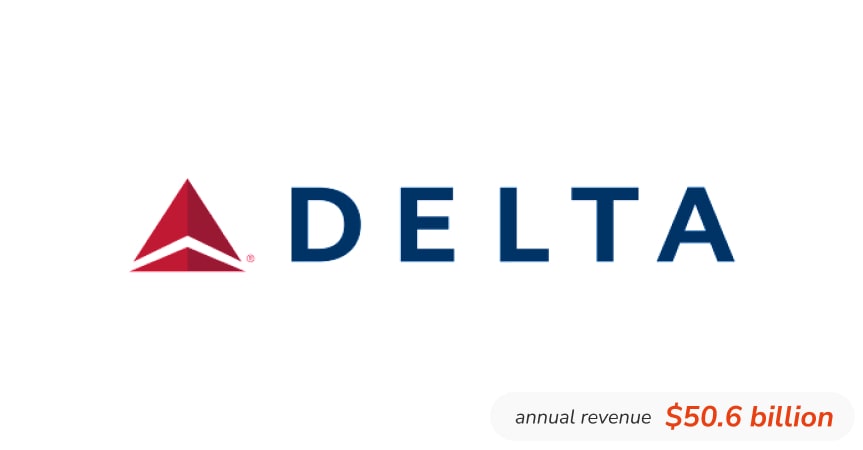
The 9/11 attacks caused a sharp decline in air travel demand and a surge in fuel prices. Delta filed for bankruptcy in 2005, facing $20 billion in debt and $10 billion in pension obligations. It managed to restructure its operations and finances by cutting costs, reducing flights, renegotiating contracts, and selling assets. Delta emerged from bankruptcy in 2007 and became profitable again in 2010. Today, Delta is one of the leading airlines in the world, with over 200 million passengers annually and over $40 billion in revenue.
Ørsted: From black to green energy
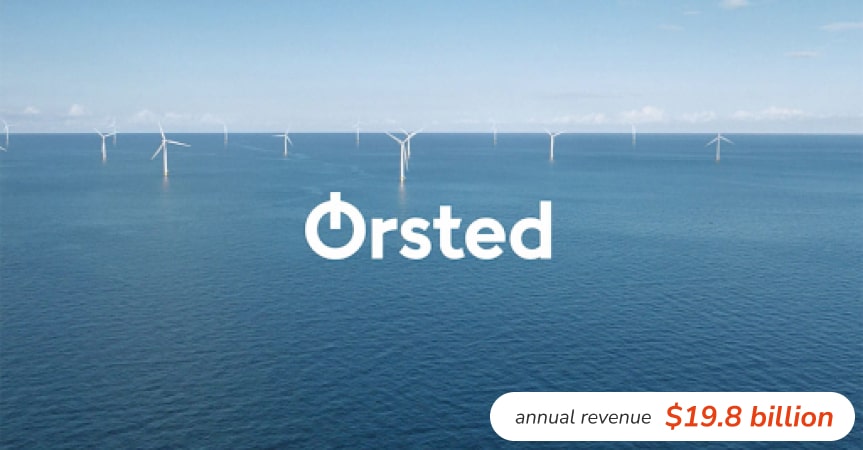
Ørsted, formerly known as Danish Oil and Natural Gas, was Denmark’s biggest energy company in 2012. However, it faced a financial crisis as the price of natural gas plunged by 90% and its credit rating was downgraded to negative. Instead of cutting costs and laying off workers, the company decided to pursue a radical transformation: to become one of the world’s leading green energy providers. It invested heavily in offshore wind farms, solar power, and bioenergy. Ørsted became the most valuable energy company in Europe and one of the top 20 business transformations of the last decade.
Now let’s see how two of the biggest ecommerce companies achieved success despite setbacks
Amazon: The online retail monster
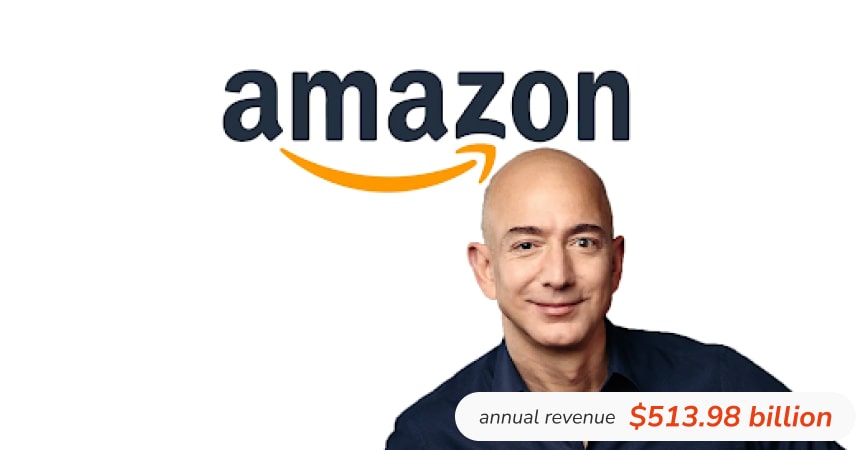
Amazon needs no introduction. Founded in 1994 by Jeff Bezos, Amazon was initially just a platform selling books from Bezos’ garage. Amazon faced many challenges and losses in its early years, as it had to compete with established bookstores and deal with high shipping costs and low margins. However, Amazon persevered and innovated, introducing features such as customer reviews, recommendations, Prime membership, and Kindle e-reader. Today, Amazon is one of the most valuable companies in the world, with over $500 billion in revenue and over 200 million Prime subscribers.
Alibaba: The Chinese ecommerce giant
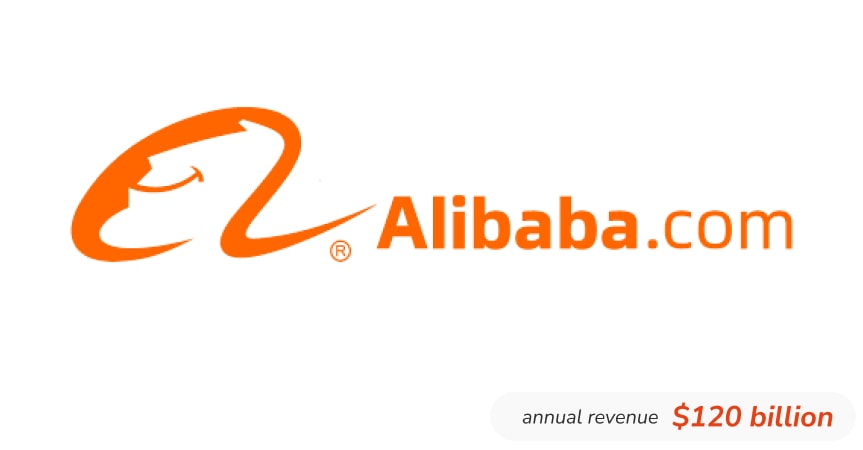
Alibaba was founded in 1999 by Jack Ma, who wanted to create an online marketplace for small businesses. Itfaced many obstacles and risks in its early days, such as low internet penetration, lack of trust in online transactions, and regulatory uncertainty and competition from domestic rivals and global players. However, the company overcame these challenges and grew rapidly, offering platforms such as Taobao, Tmall, AliExpress, Alipay, and Ant Group. Today, Alibaba is one of the largest ecommerce companies in the world, with over $120 billion in revenue and over 780 million annual active consumers.
Add your company to this list!
Let’s extract the moral from these stories: all businesses go through periods of hardships, but only those that don’t give up end up becoming successful global corporations.
All these companies were in serious financial troubles, and what saved them was good decision-making. You might say “But I’m not Jeff Bezos, I don’t know how to lead a business!”, and you’d be right. But with our Forbes-level experts, you’ll have all the skills needed in no time! Just sign up for a consultation, and they’ll guide you through the process. We have already helped countless companies begin, and you can be among them!

If you’ve read our other articles, you may know Rodney’s success story. In short, Rodney lost his job due to the pandemic and needed a passive income. He discovered Sellvia, a platform that offered ready-to-go online stores with fast shipping and marketing guidance. He launched his first store with Sellvia and was amazed by how easy and convenient it was. Rodney’s side hustle became his main source of income, and he achieved financial freedom and happiness. He realized that starting a side hustle was his best decision ever.
So, why not become another success story in our blog? Sign up for Sellvia’s consultation and hear an expert’s advice on transforming your failing business into an economic miracle!





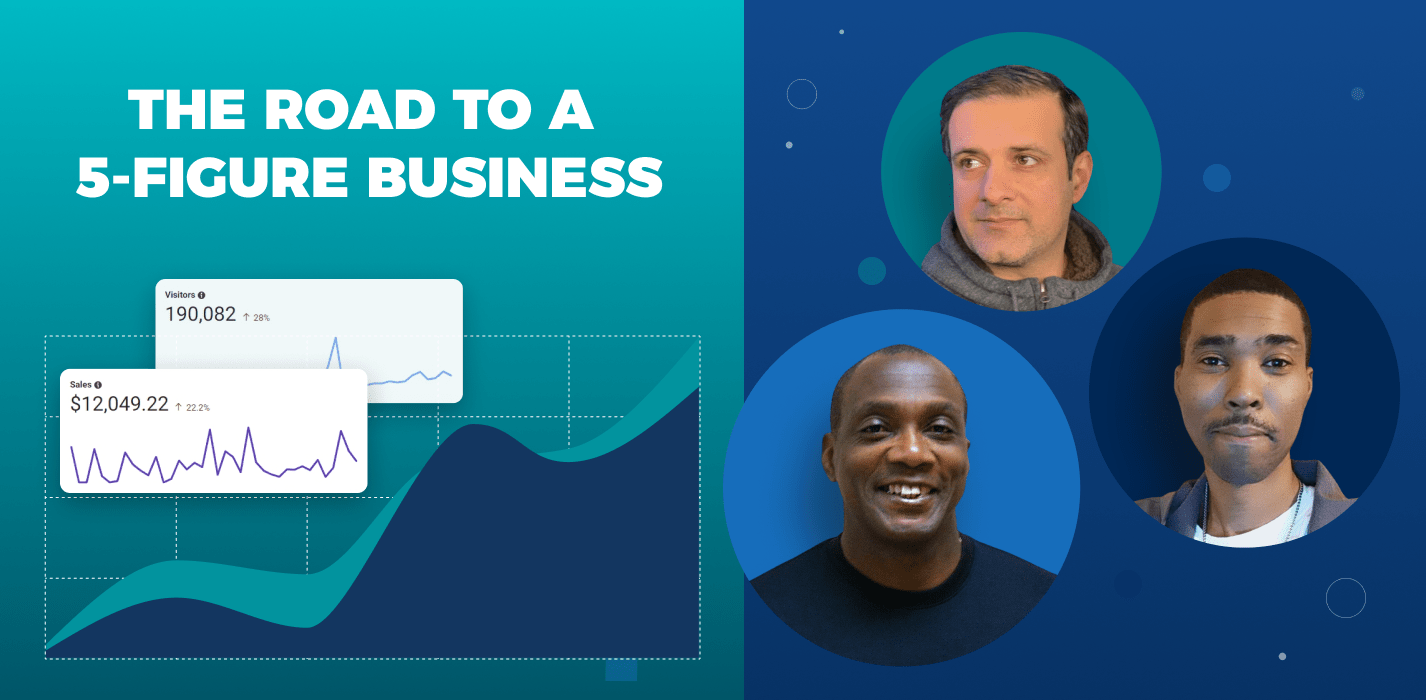
![Got A Few Sales In Your Store? Your Business Might Be Worth $30,000+! [Flippa Case Study]](https://sellvia.com/wp-content/uploads/2023/09/cover_Got-a-few-sales-in-your-store_01-min-1.jpg)